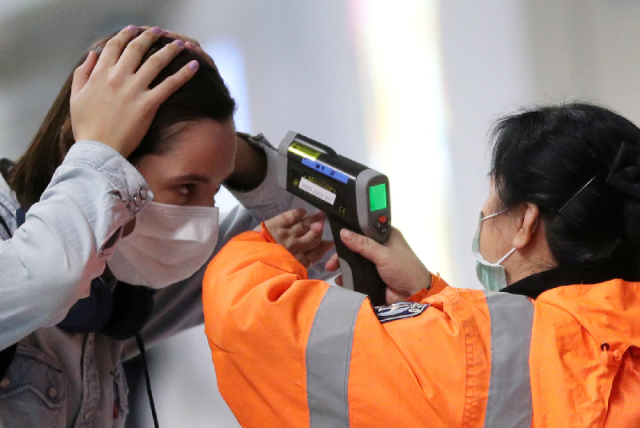COVID-19 is a new virus that has driven the whole world into a pandemic situation. It is spreading rapidly every day. It can be compared with other historical pandemic outbreaks like the 1918 influenza, which affected 1/3rd of the worldwide population before fading out completely.
Another threatening virus that popped out of nowhere was the SARS [Severed Acute Respiratory Syndrome], H1N1 influenza, and Ebola. Overtime all of them were handled. However, the fallout of every virus depends mostly on circumstances like how transmissible and fatal it is how quickly a cure or vaccine gets developed, and how much hygiene practice is adhered to by the public.
For example, wear masks in public to avoid airborne pathogens. Masks even help when you are contagious. The pandemic crisis has been occurring in the past and has happened again in the form of COVID-19. Be prepared! Buy Respritory Masks in Bulk from reliable online sources like customearthpromos.com.
The death rate is not the determining factor to measure the level of danger and how deadly the pandemic will be. Let’s understand how coronavirus measures up with major outbreaks.
Spanish Flu – [1918 to 1919]
The 1918 influenza strain was new and affected people below 20 to 40 years. The result was fatal, which is what distinguished the pandemic strain from regular flu. Scientists did not know that diseases were caused by viruses.
There were no antiviral or vaccines developed to treat or prevent influenza nor were there any antibiotics for treating secondary bacterial infection. People lived in crowded conditions with extremely poor hygiene. Thus, the disease spread wide and far via respiratory droplets. Pandemic ended because of deaths and high immunity levels.
SARS – [2002 to 2003]
Symptoms of SARS were severe, easily identifiable, and contained. SARS eventually demised because of the strong immunity that persisted in the human population. However, with COVID-19 in just several months there has been more fatalities, more social and economic repercussions than SARS.
There was no treatment available for SARS but a vaccine was developed as the pandemic was fading out.
H1N1 flu – [2009 to 2010]
H1N1 was a new flu strain that arose and people panicked because it was new and contagious. There was no vaccine available. Like COVID-19, the H1N1 strain had no immunity in its initial outbreak phase. However, soon high immunity vaccines helped to facilitate recovery but still, more than 12,000 Americans lost their life.
Ebola – [2014 to 2016]
It was a deadly virus that killed 50% of those who were exposed. However, it was not as transmissible as COVID-19. Health officials identified it quickly because symptoms were severe. Those who were exposed to positive people got isolated.
Thus, there was less risk of infecting people walking around spreading viruses at the workplace or in the mall or on the bus like it is done with COVID-19.
Coronavirus – [2019 and still persisting]
COVID-19 is believed to be more transmissible than flu. According to early predictions, COVID-19 can have a high death rate than seasonal flu. However, due to a quickly evolving situation, there is a need to have sufficient information before believing the fatalities number.
The affected group is elderly people with health conditions and even kids struggle with mild symptoms. There is no cure and treatment available but efforts are made in developing a vaccine, which will be made available within a year.










